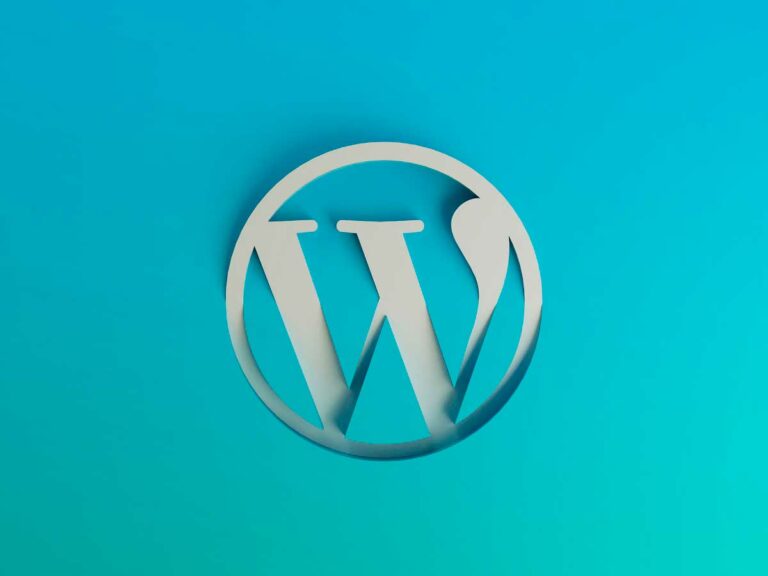This flexibility means that documents can be created without having a defined structure first. The syntax varies from database to database, and you can add fields as you go. Being highly flexible like this means you won’t be burdened with the same amount of preparation. You’re free to add fields as you go and vary the syntax from database to database. Every document can have its own individual structure, so have a great deal of latitude.

OLTP applications need datastores that support low latency reads and writes of individual records. OLAP applications need datastores that support high throughput reads on a large number of (read-only) records. They typically support complex search queries, full-text search, result ranking and grouping, and distributed search for high scalability.
Key-value stores
Adding more servers to a relational database is tricky because it is difficult to maintain the schema and safely keep the data consistent between instances. The dynamic schema of NoSQL databases allow representation of alternative https://www.globalcloudteam.com/ structures, often alongside each other, encouraging greater flexibility. There is less emphasis on planning, greater freedom when adding new attributes or fields, and the possibility of varied syntax across databases.

Storage space and memory were costlier in the 1970s, so normalization was necessary. And the answer to which one is better is – It all depends on your requirements and the project you are working on. Same as a key-value store, but the data is in the memory instead of on the disk.
More from Soner Yıldırım and Towards Data Science
By using a NoSQL database you can be confident that you can achieve a low response time and in the worst case you might lose a message that has not been written to the database. If you can afford to sacrifice a level of when to use NoSQL vs SQL data consistency in favor of high availability, you should definitely choose a NoSQL database. Due to the variance in NoSQL databases, the type and shape of the data being stored often determine which solution to use.
It has been the only selection for the users until 1998 and has since become the de facto standard for data management. SQL databases are relational, meaning that data is stored in tables with defined relationships between them. NoSQL is preferred over SQL in many cases because it offers more flexibility and scalability. As a result, development teams can focus on delivering features and core business logic faster, without worrying about the underlying data storage implementation. It allows for rapid changes to the database schema as the scope evolves and requirements change.
SQL vs. NoSQL: What’s the Difference?
However, instead of having a single value, a key holds access to columns. The graph database is a specialized niche type of NoSQL database. The most common use case for this type of database is the “people you may know” example. Imagine some social website, like Facebook or LinkedIn, which shows you people that your friends know. The term NoSQL appeared in the early 2000s and has gained popularity since then. The popularization of NoSQL systems began as the result of the need for scalability and flexibility, especially from tech giants handling large and diverse sets of data.

Graph stores are often used for applications that need to analyze complex relationships. Documents can be structured in any way, making them very flexible. A SQL database is a relational database that uses Structured Query Language (SQL) for storing, retrieving, and manipulating data. SQL databases are the most common type of relational database, and they are used by a wide variety of businesses and organizations. While SQL is still a popular database standard, one cannot overlook the rise of NoSQL.
Scalability
But on the other hand, NoSQL databases are horizontally scalable. This means that you handle more traffic by sharding, or adding more servers in your NoSQL database. It is similar to adding more floors to the same building versus adding more buildings to the neighborhood. Thus NoSQL can ultimately become larger and more powerful, making these databases the preferred choice for large or ever-changing data sets.
SQL databases are best suited for applications that require complex queries, transactions, and consistency, and can handle structured data. They’re also a good choice for financial systems, enterprise resource planning (ERP) systems, and other applications that require consistent data and strict transactional consistency. SQL databases define and manipulate data-based structured query language (SQL). SQL is one of the most versatile and widely-used options available which makes it a safe choice, especially for great complex queries. SQL requires you to use predefined schemas to determine the structure of your data before you work with it. This can require significant up-front preparation which means that a change in the structure would be both difficult and disruptive to your whole system.
NOSQL vs SQL. Key differences and when to choose each
HBase is a column-oriented database that is built on top of the Hadoop file system. The cloud has become an integral part of our personal and professional lives. The cloud has enabled us to access information and applications anywhere at any time. It’s also allowed us to store and share data more efficiently. SQL ( Structured Query Language) is a language that allows you to access and manage databases.
- Alternatively, you can ETL MongoDB data to a data warehouse for analytics and generate intelligence about your business for better decision-making.
- In our next post, we’ll review additional cloud data storage components, such as data warehouses and data lakes.
- This is known as horizontal scaling and it’s a common pattern in NoSQL databases.
- NoSQL databases do not wait for the data to be written on the disk before sending a response to the client as shown in the illustration below.
- A lot of time is invested designing the data model because changes will impact all or most of the layers in the application.
- This article has looked at some of the most popular NoSQL databases and explored their features.
You might use a NoSQL database for applications with dynamic data without join operations. NoSQL is also better suited for applications with missing data sets that won’t impact business efficiency. You might use an SQL database for user-oriented applications with several join operations. SQL schema will help you establish ACID properties and improve data compatibility.
SQL databases
Each record (row) has the same number of attributes (columns) of the same type. SQL databases, also known as relational databases, have been in use for over 40 years. NoSQL databases, or non-relational databases, have gained popularity and widespread adoption in the past decade. Of the top 10 results on DB-Engines’ list of most popular database management systems in April 2023, seven were relational, or SQL-based. In my opinion, you should use a relational database unless it isn’t feasible given the nature of the data.
